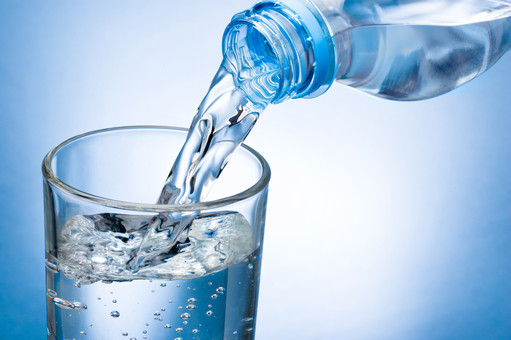written by Dr. rer. nat. Christian Schauer - Viega GmbH & Co.KG
In December 2020, the European Parliament formally adopted the revised version of the European Drinking Water Directive, thus introducing new minimum requirements for the quality of potable water. The revised version of the Drinking Water Directive entered into force at the start of January 2021 with an implementation period of two years.
One key feature of the revised directive is the stricter monitoring procedures for protecting potable water as a resource. New substances will be placed on what is called the watch list and around 35 more substances have been identified for further investigation. As well as microplastics, pharmaceutical products and other endocrine disruptors are also included. The aim of the watch list is to identify potential risks to potable water at an early stage and to maintain drinking water quality by modifying the treatment process.
Introducing a risk-based approach along the entire supply chain
A significant new aspect is the systematic introduction of a risk-based approach and a risk management system as key to controlling all processes along the entire supply chain. This is referred to as the "source-to-tap" approach. The water companies, as well as the parties responsible for potable water installations with differing – in some cases prolonged – transition periods, must ensure that a risk management system is introduced. In particular, the assessment of potential risks in domestic installations, such as Legionella or lead, is now moving up the agenda, with special emphasis to be placed on priority and public buildings. This will also include an assessment of domestic installations and the products used in them, as well as of the risks presented by materials and substances. It is hoped that this approach will also guarantee a continuous exchange of information between the authorities and operators.
The European Drinking Water Directive is expected to involve further legal requirements for regular risk assessments in buildings in the form of a Technical Regulation (TR). Within the German and European regulations, the integrated approach of the Water Safety Plan (WSP) has been reinforced by DIN EN 15975-2 "Security of drinking water supply – Guidelines for Risk and Crisis Management – Part 2: Risk Management"since 2013. The systematic implementation of the WSP concept protects human health against water-borne hazards using analysis adapted to the specific potable water installation in question and then implementing risk control measures based upon that analysis. As part of a national project, the Water Safety Plan (WSP) project for buildings was implemented by the German Environment Agency (UBA) and published as a handbook.
Legionella
The WHO established that in the European Union, Legionella was the most harmful to health of all pathogens that can be transmitted in water. It is mainly transmitted via hot water systems by inhalation, when showering for example. Consequently, it is closely associated with domestic installations. Meeting a unilateral obligation to monitor all private and public premises for this pathogen would lead to disproportionately high costs so a risk assessment of domestic installations is better suited to resolving this problem.
Lead
The current limit of 10 μg/l for lead will be maintained for a period of 15 years after the date on which the present directive entered into force. At the end of this transition period at the latest, the requirement for lead will be a maximum of 5 μg/l. Since lead pipes already installed in dwellings and buildings are an ongoing problem and Member States do not always have the necessary authority to enforce the replacement of these pipes, the limit of 5 μg/l should continue to apply as the target for obligations regarding domestic installations. For all new materials and substances which come into contact with water intended for human consumption – regardless of whether they are used in supply systems or domestic installations – and which are to be approved under the present directive, a total level of 5 μg/l should apply at the draw-off point.

Materials in contact with potable water
For the first time, harmonised requirements are being applied to materials that come into contact with potable water. To ensure harmonised implementation, the specific minimum hygiene requirements for materials are being laid out in implementing acts. Substances and materials, as well as testing and selection methods for raw materials and starting compounds, will be included in a "European positive list" within three years.
Monitoring harmful substances
In addition to the fixed list of parameters in annex I of the directive and the updated, in some cases stricter, limits on e.g. lead, Legionella, chlorate and bisphenol A, a so-called "watch list" is being introduced in order to include, for instance, endocrine disruptors, pharmaceutical products and microplastics. This is intended to address consumer concerns about the impacts of newly identified substances on human health due to potable water consumption. This kind of watch list instrument is also established in the environmental section of the Water Framework Directive (WFD).
Download the European Drinking Water Directive
Download REHVA Guidebook No. 30 "Hygiene in Potable Water Installations in Buildings"
Download REHVA Guidebook No. 18 "Legionellosis Prevention In Building Water And HVAC Systems"


